As a healthcare professional with years of experience in pain management and sleep therapy, I’ve dedicated my work to help individuals navigate the often challenging world of chronic pain. This article is tailored towards offering scientifically backed, yet practical solutions for “Best Way to Sleep With Lower Back Pain”.
Sleeping Positions for Lower Back Pain
Our posture significantly impacts the amount of strain our body endures, particularly our lower back, even during sleep. The wrong sleeping position can exacerbate pain, while the correct one can help ease it.
On Your Back with Knee Support: The most recommended position is sleeping on your back, with a pillow under your knees. This method aligns your spine, hips, and pelvis, reducing tension and discomfort.
On Your Side with a Pillow Between Your Knees: If you’re a side sleeper, placing a pillow between your knees can maintain your hips’ proper alignment, thereby reducing lower back stress.
Fetal Position: For individuals with a herniated disc, adopting a fetal position can be beneficial. It helps open the space between vertebrae.
Best Mattress for Lower Back Pain
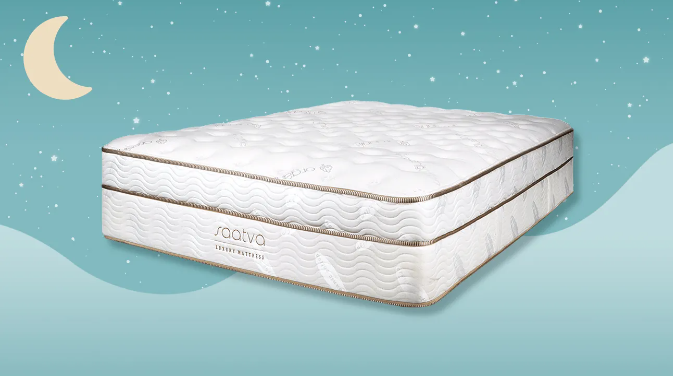
The right mattress can make a world of difference. Firm mattresses were traditionally recommended for back pain sufferers, but recent studies have shown that medium-firm mattresses may be the best choice. A mattress that contours to the body’s natural curves may help your shoulders and hips sink in slightly, keeping your spine aligned.
Pillows for Lower Back Pain
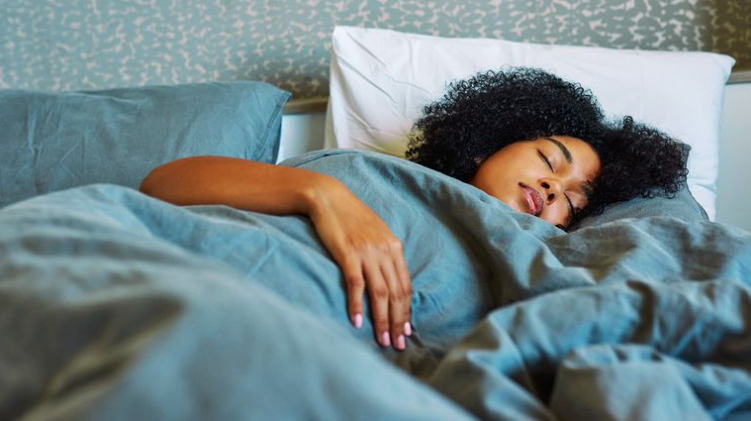
In addition to your primary pillow, consider investing in additional supportive pillows that can help maintain a neutral spine alignment. A well-placed body pillow can help side sleepers maintain proper hip alignment, while a lumbar roll or wedge pillow can offer additional lower back support for back sleepers.
Sleeping Techniques
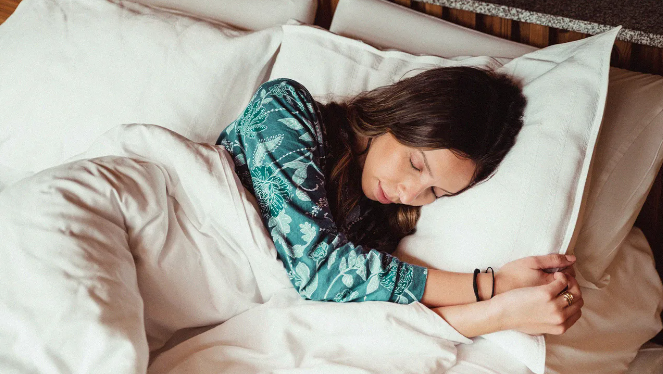
If pain keeps you awake, consider incorporating relaxation techniques into your bedtime routine. Deep breathing, progressive muscle relaxation, and mindfulness meditation are proven methods for reducing pain perception and promoting restful sleep.
Bedtime Routines
Creating a consistent bedtime routine can signal your body that it’s time to rest, reducing anxiety and promoting better sleep. This routine could involve winding down activities such as reading, listening to calm music, taking a warm bath, or practicing gentle yoga stretches specifically designed to alleviate lower back pain.
Sleep Accessories
There are many innovative sleep accessories designed to help with lower back pain. For instance, mattress toppers that add a layer of cushioning and support, or heated blankets that offer gentle heat therapy, can both provide additional relief.
Tips for Improving Sleep Quality
Quality sleep is vital for everyone, especially for those dealing with pain. Maintain a regular sleep schedule, create a restful environment, limit caffeine and alcohol, and promote good sleep hygiene to ensure your body gets the restorative sleep it needs.
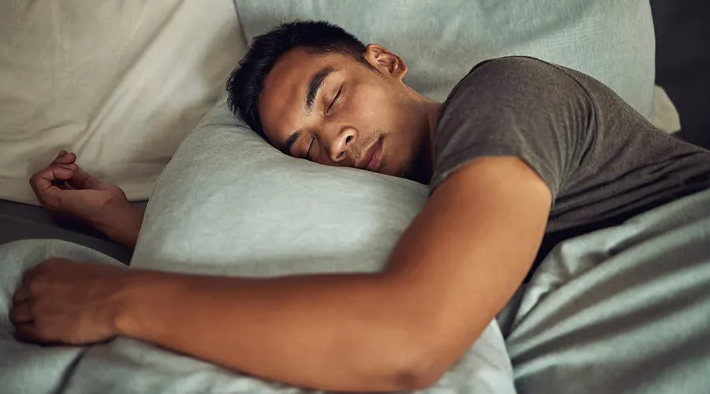
In conclusion, sleeping with lower back pain doesn’t have to be a nightly battle. Through strategic sleeping positions, the right mattress, supportive pillows, proper bedtime routines, and other tools, you can create an environment conducive to a good night’s sleep. Remember, it’s crucial to seek professional advice if your pain persists or worsens. Sleep well and take control of your lower back pain!
Pillow Placement
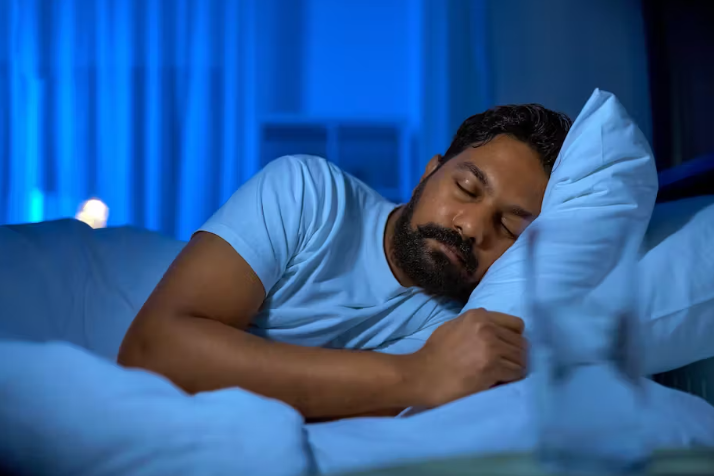
Beyond selecting the right pillow, how you place it can significantly affect your comfort levels. For back sleepers, consider placing a small pillow under your knees to maintain the natural curve of your spine. For stomach sleepers, a pillow placed under the abdomen can prevent back strain. And for side sleepers, a pillow placed between the knees can ensure proper hip alignment.
Stretching Exercises
Gentle stretching exercises can help to relieve tension and reduce back pain before bedtime. Exercises such as knee-to-chest stretches, lower back rotational stretches, and hamstring stretches can be beneficial. Remember, it is crucial to talk to a healthcare professional before starting any new exercise routine.
Importance of Proper Alignment
Correct body alignment during sleep is crucial to avoid unnecessary strain on your lower back. This means keeping your ears, shoulders, and hips aligned. Whether you’re sleeping on your back, side, or stomach, maintaining this alignment can help to alleviate lower back pain and improve your overall sleep quality.
Choosing the Right Sleep Surface
While a mattress plays a crucial role in supporting your back, the quality and type of bed base can also make a significant difference. Box springs can offer additional support and shock absorption, while an adjustable base can enable you to customize your sleeping position for optimal comfort.
Sleep Aids for Lower Back Pain
Beyond physical interventions, several sleep aids can help to manage lower back pain. Over-the-counter options such as melatonin can improve sleep quality. Prescription sleep aids, muscle relaxants, or pain medications might be used under a healthcare provider’s supervision. Non-medication interventions such as cognitive-behavioral therapy can also be beneficial in managing the sleep disturbances often associated with chronic pain.
Sleeping Habits
Optimizing your sleep habits can also significantly impact your pain experience. Avoiding screens close to bedtime, establishing a regular sleep schedule, and ensuring your sleep environment is dark, quiet, and cool can support quality sleep. In addition, staying active during the day and minimizing daytime napping can also improve nighttime sleep quality.
FAQs
What is the best sleeping position for lower back pain?
The best position varies depending on the cause of your back pain. Generally, sleeping on your back with a pillow under your knees, or on your side with a pillow between your knees, is recommended.
Are there any specific pillows for lower back pain relief while sleeping?
Yes, there are pillows designed to provide additional support for lower back pain sufferers. Lumbar roll pillows, body pillows, and knee pillows are among the options.
What mattress firmness is recommended for individuals with lower back pain?
A medium-firm mattress is generally recommended, as it offers a balance between support and comfort.
Are there any specific exercises or stretches to do before bedtime for lower back pain relief?
Yes, gentle yoga stretches and core strengthening exercises can help. Always consult with a physical therapist or medical professional for personalized advice.
Can sleeping on a hard surface help alleviate lower back pain?
A hard sleeping surface may not always be the best choice, as it might not provide sufficient contouring for your body’s natural curves. A medium-firm mattress often offers the best combination of support and comfort.
What lifestyle changes can I make to improve my sleep quality with lower back pain?
Lifestyle changes such as maintaining a regular sleep schedule, reducing caffeine and alcohol, staying active during the day, and creating a sleep-conducive environment can improve sleep quality.
Are there any medications or supplements that can help with lower back pain while sleeping?
Yes, over-the-counter options like melatonin may help, and prescription medications may be used under a healthcare provider’s supervision. Non-medication interventions like cognitive-behavioral therapy can also help manage sleep disturbances related to chronic pain.
Also Read: Who is Bigfoot in Kitchen Confidential? (All You Need to Know)
Conclusion
In conclusion, multiple factors play into the experience of lower back pain during sleep. By addressing these aspects holistically – from sleep position and equipment to pre-sleep routines and overall sleep hygiene – you can create a tailored approach that helps to minimize pain and maximize restorative sleep.
Remember, persistent or worsening pain should always be evaluated by a healthcare professional. The information provided in this article about “Best Way to Sleep With Lower Back Pain” should complement, not replace, professional medical advice.

